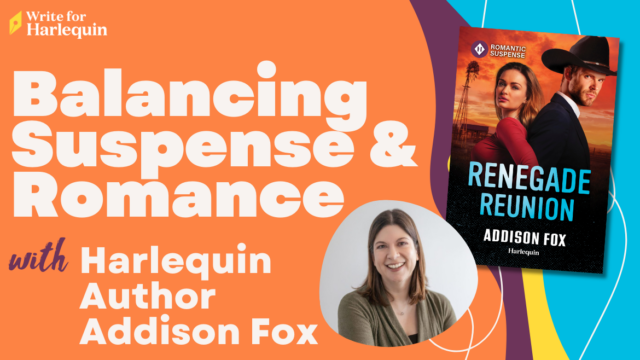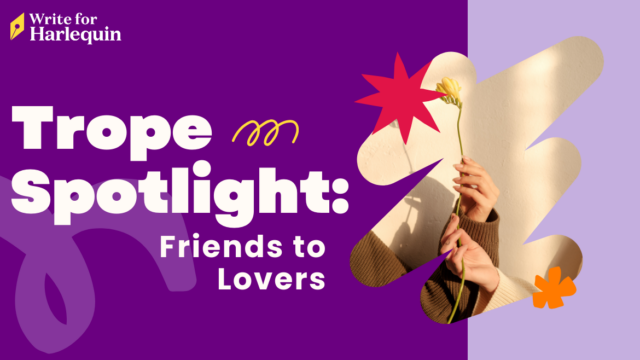
On Tuesday, we posted a call story from debut Special Edition author Darby Baham. Today, we bring you a post from our Archives (originally published in 2016) from some fellow Special Edition authors!
Community plays a significant role in many of our category romance lines. But how can you keep the focus on the couple in your story without neglecting the secondary characters? Read on for these Special Edition authors’ confessions…
Michelle Major

One of the things I love most about Special Edition—both as a reader and an author—are all the supporting characters that make up the world of these books. They give the books a heartwarming, relatable feel; and for me, writing the Crimson, Colorado series is like revisiting my friends each time I begin a new story.
If I had a gazillion pages and endless hours, I’d love to draw all of the bit players and previous couples into each book. It’s fun to discover what everyone’s been up to since we last saw them. But I think the key is pulling in the secondary characters that further the current story and making the most of their moments on the page. The central romance is the reason for the book, so sometimes I have to limit who we see outside the hero and heroine. Other times, a secondary character who I might introduce in one book can become the inspiration for a future story.
Check out Michelle Major’s upcoming book, His Last-Chance Christmas Family, here!
Christy Jeffries

It takes a village to make my heroes and heroines come together. Secondary characters are so important to the story, not just because they help to move things along, but because romance (like life) doesn’t happen in a bubble. However, you don’t want your secondaries to become such a sensation, they overshadow everything else and detract from the central theme.
The best way to avoid this is to keep all observations about the secondaries in the main characters’ point of view. Do they frustrate the heroine? Do they make the hero laugh? Similarly, descriptions about secondaries should be somewhat limited to how the hero/heroine observes that person. For me, the easiest method for doing this is by using dialogue and by incorporating quick descriptions of that person’s physical appearance/mannerisms. Maybe they wear a T-shirt or have a bumper sticker that sums up their personality. Or maybe they speak in a certain way. That whole concept of “show, don’t tell” is very important here because you don’t want to distract your reader with a big ol’ back story on someone who isn’t the focus of the plot, yet you also need to demonstrate that this character is real and believable and integral to the story.
Check out Christy Jeffries’ latest book, His Christmas Cinderella, here!
Karen Rose Smith

When I began writing, I had a rich, relationship background to draw on. I was an only child but descended from large Italian families. My dad had nine brothers and sisters and my mom had six. From my own experience of falling in love and marriage, I realized we bring our past and our present, our friends and families, into our interactions with a significant other.
In writing a Special Edition, I give my hero and heroine center stage. But friends and family provide conflict, character revelation, reasons for opening up about the past, as well as humor. The hero and heroine are the center of the wheel and the focus. The cast surrounding the wheel provide support, sounding boards and opportunities for secrets to be revealed. Balancing the cast is easy, because the book is always about the hero and heroine’s thoughts, feelings and journey to loving each other.
Check out Karen Rose Smith’s latest book, The Nanny Clause, here!
Share your tips and challenges on writing secondary characters into your stories in the comments below!




